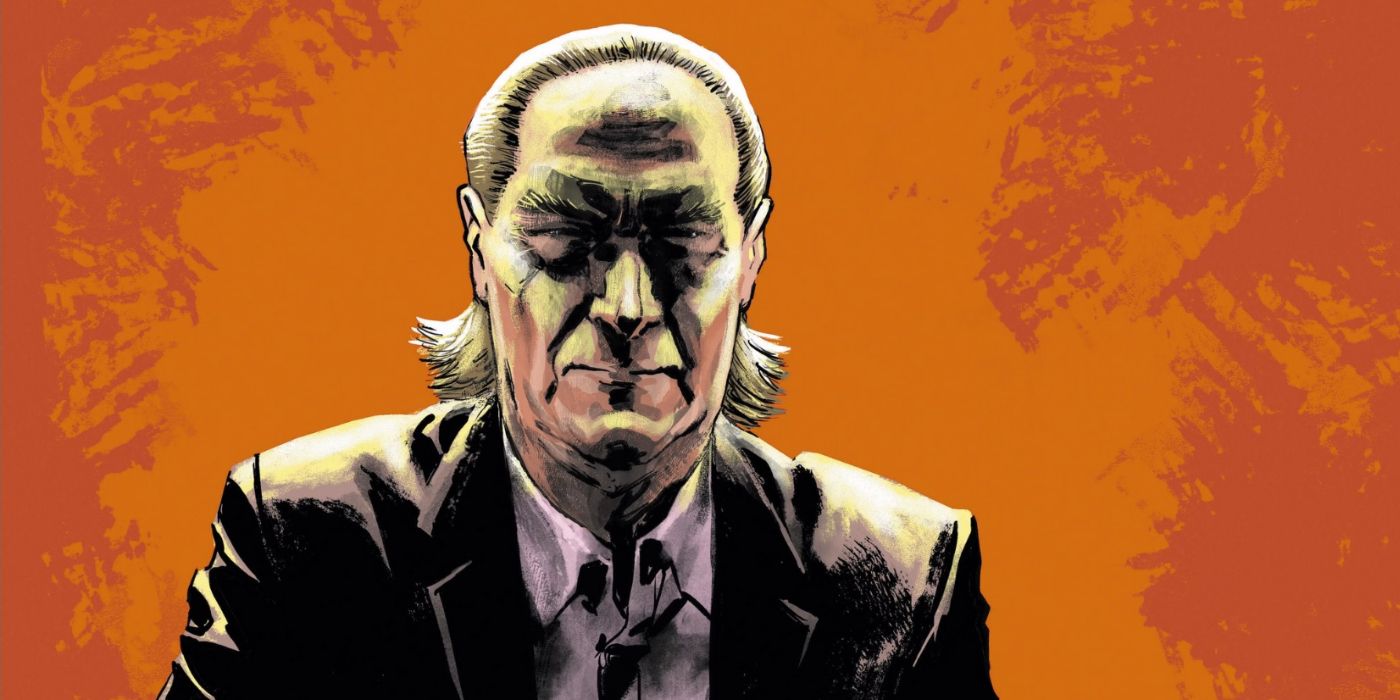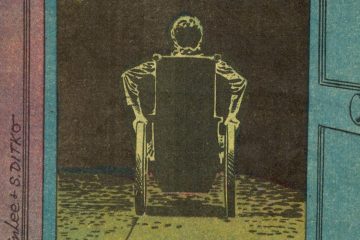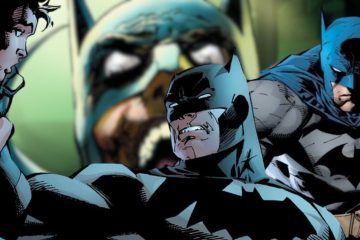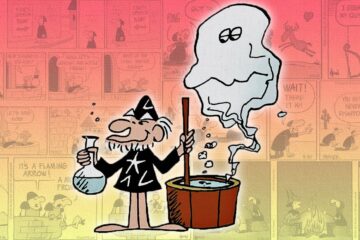DC’s The Penguin #1 (by Tom King, Rafael De Latorre, Marcelo Maiolo, and Clayton Cowles) marks a tonal overhaul for Oswald Cobblepot. Plastic surgery has reduced his trademark crane-like nose, bringing him closer to his cinematic counterpart as portrayed by Colin Farel. The more brutal and mafioso-styled aspects of his crimes and personality have taken center stage over campier antics, and blood is splattered semi-regularly. All this serves to explore the Penguin in a more mature setting than he has previously been afforded.To really bring home just how mature The Penguin is, every other character has a string of profanity to express. Yet with this being a mainstream DC publication, those expletives have all been replaced with @#$%. While @#$% has its place in comics, especially humorous ones, it can often undercut the established tone of a serious story. An excess of profanity alone can additionally signify the degradation of someone’s resolve. Here, it seems that this fact might actually be an intentional part of Tom King’s narrative.The usage of symbols in place of profanity in comics is often believed to have begun around 1902. These instances are credited to the newspaper strips Lady Bountiful (by Gene Carr) and The Katzenjammer Kids (by Rudolph Dirks). Astonishingly, Lightning Flashes and Electric Dashes (by James J. Calahan) implemented the trick even further back, in 1877. This compilation of musings about the then-rising telegraph industry replaced various verbal expressions of displeasure with mostly asterisks and exclamation marks but few other symbols.RELATED: Batman is Dying Beside One of His Worst Enemies – And it Isn’t the First Time
DC’s The Penguin #1 (by Tom King, Rafael De Latorre, Marcelo Maiolo, and Clayton Cowles) marks a tonal overhaul for Oswald Cobblepot. Plastic surgery has reduced his trademark crane-like nose, bringing him closer to his cinematic counterpart as portrayed by Colin Farel. The more brutal and mafioso-styled aspects of his crimes and personality have taken center stage over campier antics, and blood is splattered semi-regularly. All this serves to explore the Penguin in a more mature setting than he has previously been afforded.
To really bring home just how mature The Penguin is, every other character has a string of profanity to express. Yet with this being a mainstream DC publication, those expletives have all been replaced with @#$%. While @#$% has its place in comics, especially humorous ones, it can often undercut the established tone of a serious story. An excess of profanity alone can additionally signify the degradation of someone’s resolve. Here, it seems that this fact might actually be an intentional part of Tom King’s narrative.
The usage of symbols in place of profanity in comics is often believed to have begun around 1902. These instances are credited to the newspaper strips Lady Bountiful (by Gene Carr) and The Katzenjammer Kids (by Rudolph Dirks). Astonishingly, Lightning Flashes and Electric Dashes (by James J. Calahan) implemented the trick even further back, in 1877. This compilation of musings about the then-rising telegraph industry replaced various verbal expressions of displeasure with mostly asterisks and exclamation marks but few other symbols.
#DCs #Penguin #Highlights #Tired #Outdated #Trend #Mainstream #Comics
Note:- (Not all news on the site expresses the point of view of the site, but we transmit this news automatically and translate it through programmatic technology on the site and not from a human editor. The content is auto-generated from a syndicated feed.))



